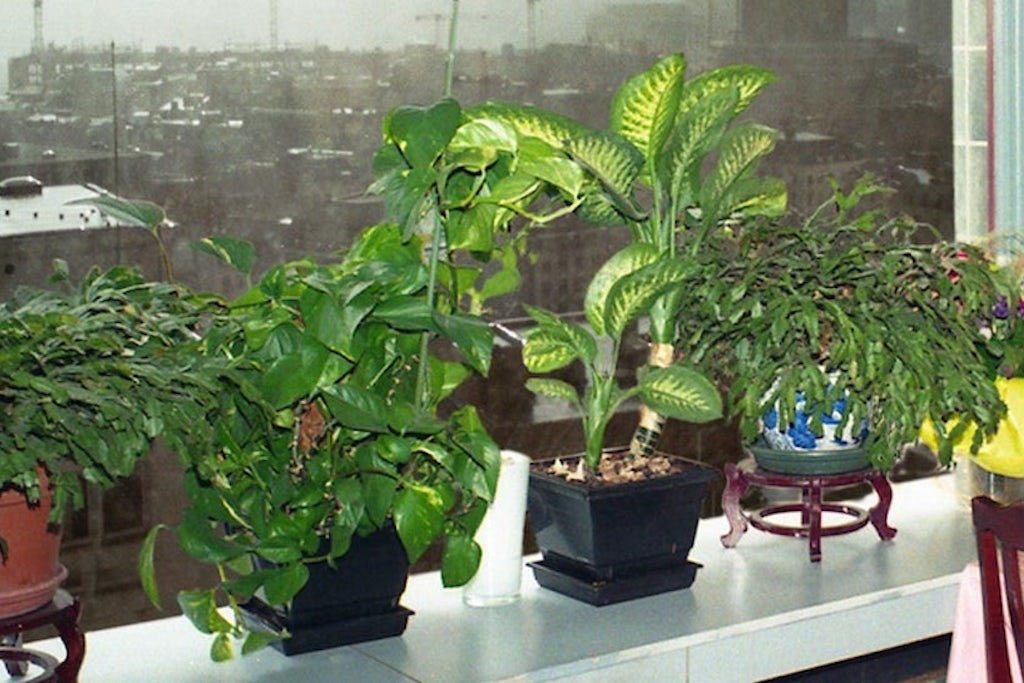Personal statement on the international #3: More time, fewer themes, sharper choices

To complement the research and reflection done in this trajectory we hosted inspiration sessions to discuss the alternative and sustainable ways of working internationally in the arts. Visual artists Phillip Van den Bossche (Director and curator Mu.ZEE), artist Kris Verdonck, Ils Huygens (curator Z33) and Simon Delobel (trampoline Gallery) presented their cases and shared their experiences. To conclude, we asked them to write down a personal statement.
In the past, like most art organizations, we at Z33 worked with themed projects, with one distinct exhibition project following another. These consisted primarily of a number of new productions, exhibited existing works, a catalogue or publication, and also included an associated programme with films, lectures, debates and/or workshops. Each time, we started out afresh with preparatory research, searching for partners in producing and presenting works for projects that involved considerable advance investigation, but would only attract interest for a period of three months (the time when the exhibition was open and all external communications were concentrated).
At Z33, because we primarily work around topical scientific or social themes, each exhibition demanded a great deal of investigation in advance, not only concerning the artists, but also the study of the theme itself. The relatively short period of time of actually presenting the project and all its associated programmes to the public made it difficult to develop long-term, deep trajectories with artists, our public and partners. Both local and international partnerships were constantly changing, and were focused on the specific product (coproducing, organizing the exhibitions, collaborations for lectures, and so on) and less on the bringing together of diverse parties around a given theme. Finally, successive projects are excellently tuned to presenting a concentrated theme and distinguishing yourself in the international art scene, but what does the project actually set into motion, socially and/or artistically?
This commodification, which is closely linked to the institutionalization of art organizations worldwide, is diametrically opposed to what we at Z33 want to do, which is to work in a multidisciplinary and sustainable fashion with socially relevant themes on the basis of long-term research, and sharing the concrete expertise, skills and instruments that evolve from these with our audiences, researchers, curators and artists whom we bring together around these themes.
Consequently, for some years now, we have internally been working on longer-term research themes, with which we can develop and build exhibitions, publications and partnerships, as well as long-term affiliated programming, extending over several years. Investigating a theme by way of specific projects lends itself to delving more deeply into one or another sub-theme, within the broader subject matter. In terms of working method, the process is much more sustainable and longer-lasting, because partners, artists and the public can more fully develop their vision and/or participate in different, thematically related projects, in different phases and at different times, all within a larger research theme. It also allows us to make many more connections between the projects, the artists and the researchers.
Working for longer periods of time on fewer themes presupposes making sharper choices and working on them for longer periods of time. In addition, the roles of the organization and the curator also change, from making exhibitions to coordinating processes of co-creation and active participation of diverse players and audiences from both inside and outside the country.
Working with local and international partners for extended periods of time raises different questions about sustainability: the ecological footprint of long-term international projects becomes greater. It creates a challenge in involving local aspects right from the start and connecting both local and international tools and knowledge. It is much more difficult to keep the partners together in order to jointly determine the output and participation than in the case of individual, autonomous exhibitions. Moreover, the diversification of the interaction with the public is a challenge both for that public and for government, which is accustomed to traditional, quantifiable and consumable output.


